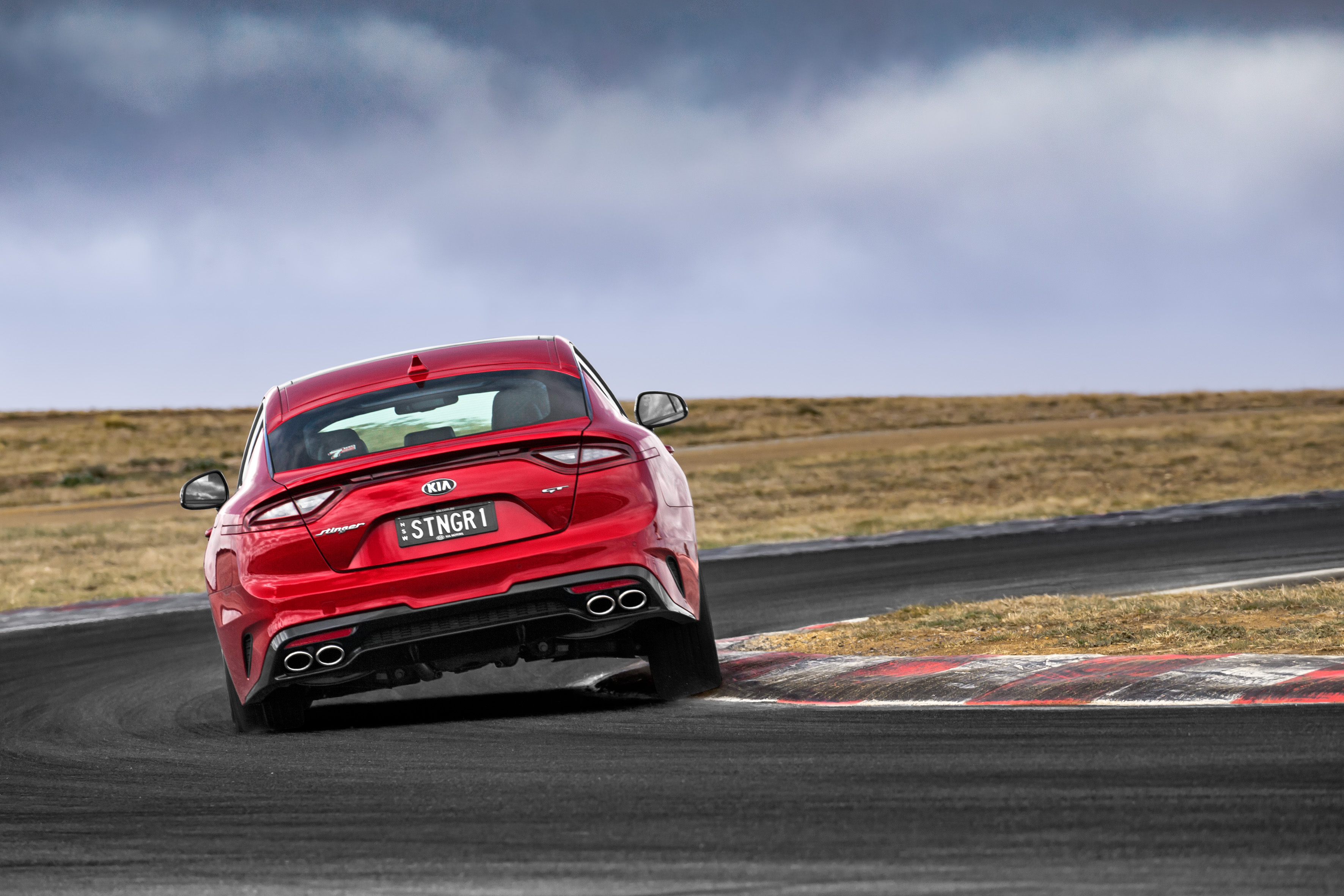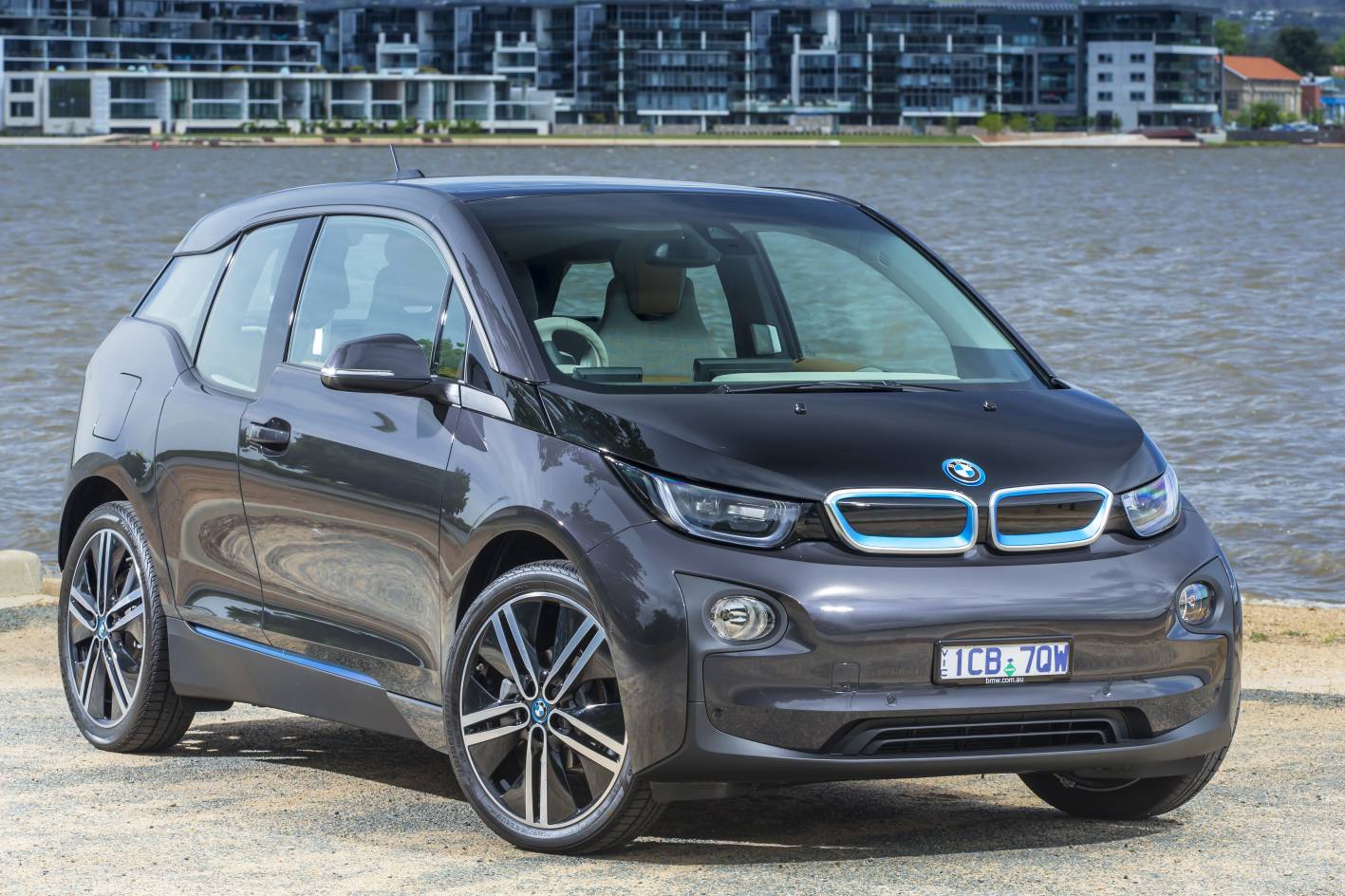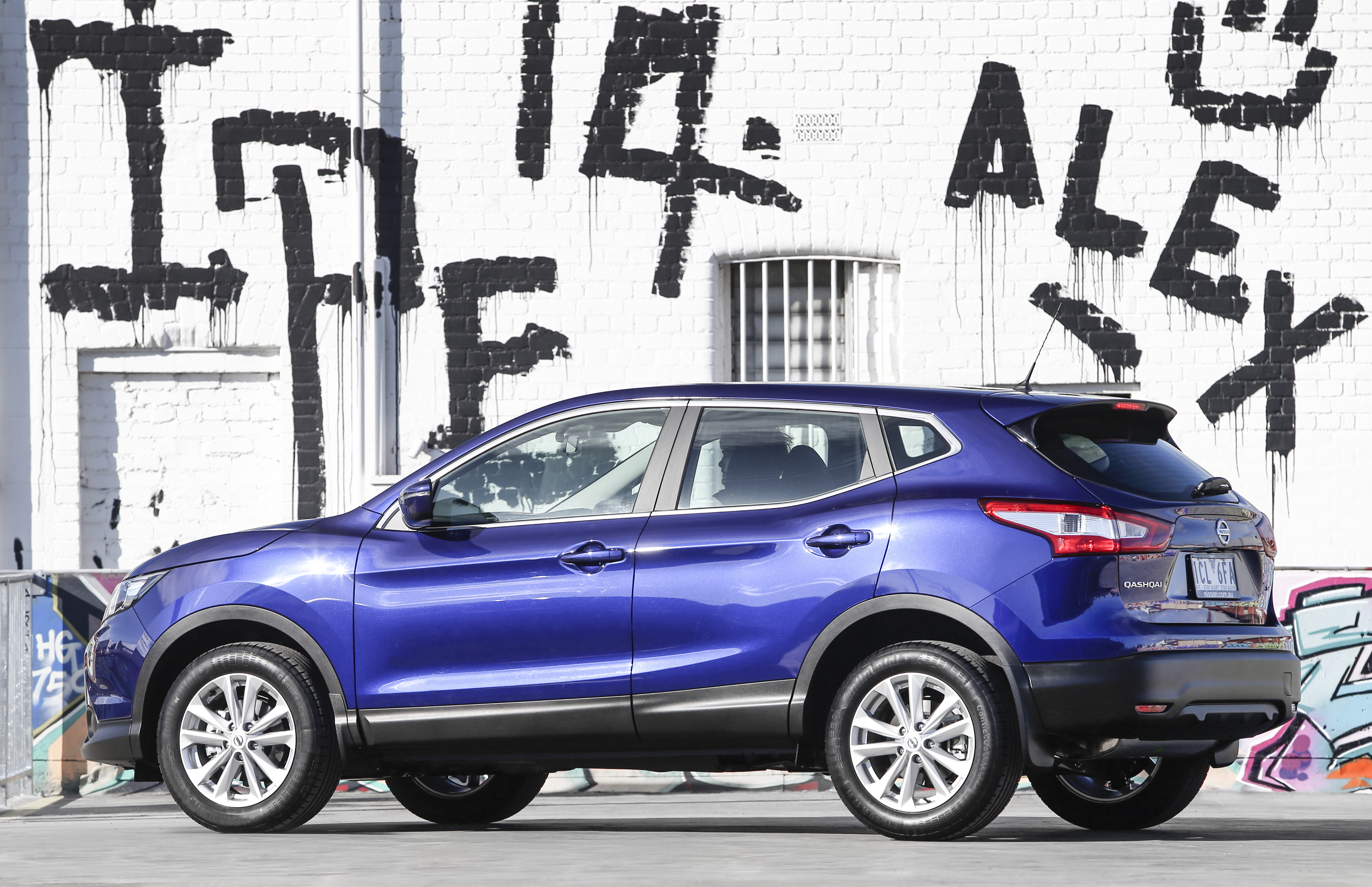We travelled to the Blue Mountains west of Sydney to test the latest Kia Sorento 7-seater, large SUV.
The major road through the area is the Great Western Highway which certainly links to the west but it is certainly not great. While most Sorentos will spend most of their lives in urban areas they may be called upon to go to rural regions on family trips or holidays.
This highway and surrounding secondary roads to towns like Oberon, with their wonderful historic significances, are a good place to test the suspension that has been tuned for Australian conditions and whether the overall package makes for majestic touring.
This latest vehicle is not a major change, some might use an expression such as “facelift” or “nip and tuck” or even perhaps a “makeover”. I think it is just a little more than this particularly with the new 8 speed gearbox.
The vehicle came up well. But it is not the rugged four-wheel drive machine nor does it pretend to be.
With looks that has elements of people mover and large station wagon, it is aimed squarely at the comfortable and competent driving in the city and on country roads with more than one person on board.
Drivability
The Sorento still has two engine choices. The V6 petrol engine has had a slight increase in capacity from 3.3 litres to 3.5 litres. It has an extra 7 kilowatts of power which takes it over the magic 200 kW to 206 kW.
As it is not a turbo engine it has 336 Newton metres of torque which comes in at a rather high 5000 rpm. This is up 18 newton metres over the previous Sorento.
The increase in the capacity of the V6 engine has resulted in a very slight increase in fuel consumption which is now rated at 10 l/100km.
The 2.2 L turbo diesel remains the same with 147 kW of power and maximum torque of an impressive 441 Nm which reaches its peak at the much lower 1,750 rpm.
With the overall new package, including the 8 speed automatic gearbox, the fuel consumption of the diesel has dropped from 7.8 litres per hundred to 7.2 l/100km.
The towing capacity is 750 kgs unbraked and 2,000 kgs braked and the downball capacity is 100 kilograms
The suspension, which in the previous model had some input to help it cope with Australian roads has been tweet a little more, with improve rolled damping and body control resulting in some stronger front cornering power and improved bump absorption.
It was hard to pick any great difference but it did feel just a little bit more confident, perhaps a little more secure, but the differences were not great.
There is a revised a rack mounted motor-driven power steering system which they say gives a more natural and smooth feel. It was certainly easy to drive but like any electric power steering system, that first turn of the wheel is a little mushy and you certainly lack the sort of feedback you would get from a hydraulic system. But it does save fuel.
All models of the Sorento have a new advanced smart cruise control system which shows that the evolution of this technology is improving but, as always you can find that you are going slower because you hadn’t noticed that your speed is being dictated by the vehicle ahead. You cannot have the cruise control on but the adaptive component turned off.
In my opinion I think the most significant change that Kia have made to the Sorento is the eight-speed automatic gearbox, which recently first appeared in the Stinger and is designed and built in-house by the Korean manufacturer.
The old six speed automatic gearbox was a pretty good device but this new one just adds cream to the cake. The changes were smooth and quiet and you easily forgot about its operation. It seemed to be able to pick the right gear at the right time making driving, particularly in twisty, hilly environments, more easily handled.
Safety
There are a number of new safety features including a driver attention alert if you’ve been driving for a long time which is standard across the range.
But the two I particularly like and that are standard across the range are autonomous emergency braking and lane keeping assist.
Autonomous emergency braking is a great feature but is not always offered in base model variants. It is encouraging that Kia has provided this on all models of the Sorento which I think is important especially for fleet sales which are usually targeted at the lower priced vehicles. Fleet sales accounts for more than 50% of its sales.
Lane departure assist gives you an audible warning when you wonder out of your lane. You can vary the sensitive of this but even in average mode it sounded off more than I wanted it to. But the system also adds a small amount of feedback through the steering wheel, not to give you autonomous driving but to give you haptic feedback, a slight tug at the wheel.
I don’t think this has developed as far as it might. We drove the car for quite some time without realising it was on and then on the rare occasion that it did give some input to the steering wheel we thought that it might have been just the camber of the road. It only works on straight or near straight roads and it can stop working without you being aware.
On the top of the range GT-line, there are also two additional safety features: A 360 degree camera view and dynamic bending lights to enhance your vision at night when going around corners.
Inside the vehicle
There is not a huge number of visible changes to the interior. They have removed the reddish coloured leather seats on the top spec model. But they have increase the size of the centre screen to eight inches as part of a new entertainment system and they do provide Apple carplay and Android Auto, both with voice recognition.
All variants have a choice of six colours including a new Gravity Blue. They have removed red as an option and the remaining colour options are rather subdued. The top of the range GT-line has an exclusive Snow White Pearl, which keeps with the style of colours but adds an extra certain brightness to it.
The top of the range GT-line is not really Grand Touring in the sense of a high powered saloon. It is a nomenclature that is in use more frequently. The Sorento now also comes with a “Sport” variant which is somehow placed between the base Si model and the SLi model.
The GT-line is only available with all-wheel drive and with the diesel engine.
Pricing
Prices start at $43,000 and go up to $59,000 and at this stage it is a drive away pricing.
Summary
Overall the car over all the vehicle is more people mover and large station wagon in the style of which SUVs are becoming more and more.
That’s not to say that is a bad thing, it is clearly the market they are aiming for.







2 Responses
[…] Have a look at what some of our other writers have said about the upgrade Alan Zurvas reviews the Kia HERE and David Brown reviews the Kia and talks about the history of the Blue Mountains HERE […]
[…] Driven Media’s David Brown reviewed Hyundai’s other SUV, the new Sorento, here […]